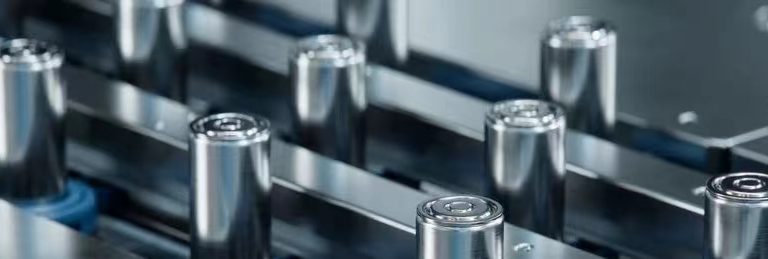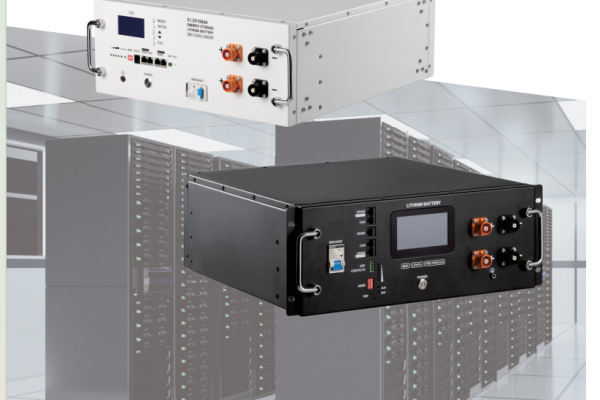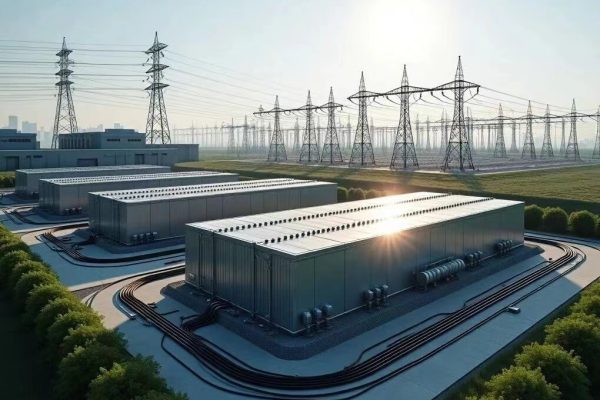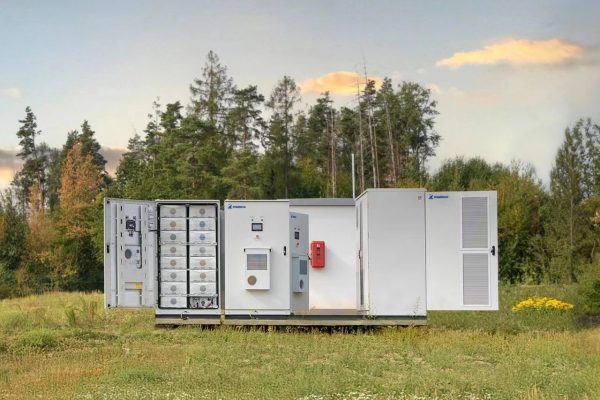How to Match Chemistry to Project Needs, Risks, and Budgets
One Size Doesn’t Fit All
If you’re sourcing lithium battery systems for residential, commercial, or small industrial energy storage, chances are you’ll face this key question:
Should I go with LFP or NMC chemistry?
It’s not just a technical debate — this decision impacts cost, safety, cycle life, thermal performance, and compliance. In this article, we’ll walk through:
- Core differences between LFP and NMC
- Trade-offs for project types (3kWh–100kWh range)
- What non-technical clients care about
- How to discuss chemistry without over-complicating it
1. The Chemistry Basics
🔋 LFP (LiFePO₄)
- Lower energy density
- Very stable at high temperature
- Long cycle life (≥6,000 cycles @80% DOD)
- Strong thermal stability
- Lower fire risk
- Slightly heavier and larger per kWh
🔋 NMC (Nickel Manganese Cobalt Oxide)
- Higher energy density
- Shorter cycle life (~2,000–3,000 cycles typical)
- More compact size for same capacity
- Less stable at high temperatures
- Requires tighter BMS control
- Higher cost (depending on cobalt prices)
2. LFP vs. NMC: Comparison at a Glance
| Feature | LFP | NMC |
|---|---|---|
| Energy Density | Lower | Higher |
| Cycle Life | 5,000–10,000 | 2,000–3,000 |
| Cost per kWh | Lower | Higher (esp. high-C-rate) |
| Safety | Excellent | Moderate |
| Size/Weight | Bulkier | Compact |
| Temp Tolerance | High | Medium |
| Fire/Explosion Risk | Very Low | Higher |
| Applications | Stationary ESS, off-grid | EVs, mobile storage |
3. Matching Chemistry to Project Type
🏠 Residential Systems (3–20kWh)
✔ Recommended: LFP
Why: Most home systems value safety, long life, and maintenance-free operation. Space is usually available, and there’s no need to push high energy density.
Use cases:
- Backup storage
- Solar self-consumption
- Off-grid rural homes
✅ Tip: If fire safety or indoor installation is a concern, LFP is the easy sell.
🏢 C&I Systems (20–100kWh)
✔ Recommended: LFP (standard)
⚠ Consider NMC if space-constrained or mobile
If you’re integrating storage into containerized, mobile, or space-limited deployments — like small factories, telecom towers, or trailer-mounted systems — NMC’s energy density can be a big win.
Otherwise, LFP wins on longevity, cost, and thermal stability.
🚛 Mobile or EV-based Systems
✔ Recommended: NMC
Why: For weight- and space-sensitive deployments — such as mobile power banks, trailers, or hybrid EVs — NMC’s compactness is essential.
⚠ But: You’ll need high-quality BMS and fire mitigation planning.
4. The Safety Discussion (Clients Will Ask!)
Even clients with no chemistry background will ask about:
- “Will it catch fire?”
- “How long will it last?”
- “Can I install it indoors?”
🔐 Simplified Safety Talking Points:
| Concern | LFP | NMC |
|---|---|---|
| Overheating Risk | Low – very stable | Medium – needs more control |
| Indoor Use | Yes – common | Yes, but with added precautions |
| Fire Incident Risk | Very low (no thermal runaway) | Possible if damaged or overcharged |
| Certification | UL1973, IEC62619 common | Also certified, but stricter BMS |
✅ Use terms like “non-toxic,” “chemically stable,” “no cobalt dependency” for LFP where appropriate.
5. Pricing, Availability, and Procurement Notes
- LFP is becoming dominant in global stationary ESS markets (esp. China, EU, Africa)
- NMC still leads in EVs and high-end mobile ESS
- LFP prices are generally more stable
- NMC cost can fluctuate with nickel and cobalt markets
🧾 As a technical trader, always check:
- Cell supplier (CATL, EVE, BYD, LG Chem, etc.)
- Cycle test reports
- Thermal runaway or crush test results
- C-rate support if clients require fast charge/discharge
6. Key Questions to Ask Before Choosing
| Question | When to Use LFP | When to Consider NMC |
|---|---|---|
| Is the installation indoor or near occupied areas? | ✔ Yes | ✖ (unless well enclosed) |
| Is there sufficient space for the battery cabinet? | ✔ Yes | ✔ If space is tight |
| Will this system charge/discharge at high C-rates? | ✖ Not ideal | ✔ Better choice |
| Is long cycle life more important than compactness? | ✔ LFP preferred | ✖ NMC less optimal |
| Is safety the top concern (schools, homes)? | ✔ Yes | ✖ (more risk if mishandled) |
7. Final Takeaways
- LFP is the default for most stationary storage needs — cost-effective, safe, and long-lasting
- NMC is a good fit where weight and volume are at a premium
- Always back your chemistry recommendation with application logic, not brand name or trend
🎯 Your edge as a technical trader: You’re not just quoting a chemistry — you’re recommending the right trade-off for the client’s risk, usage, and budget.









